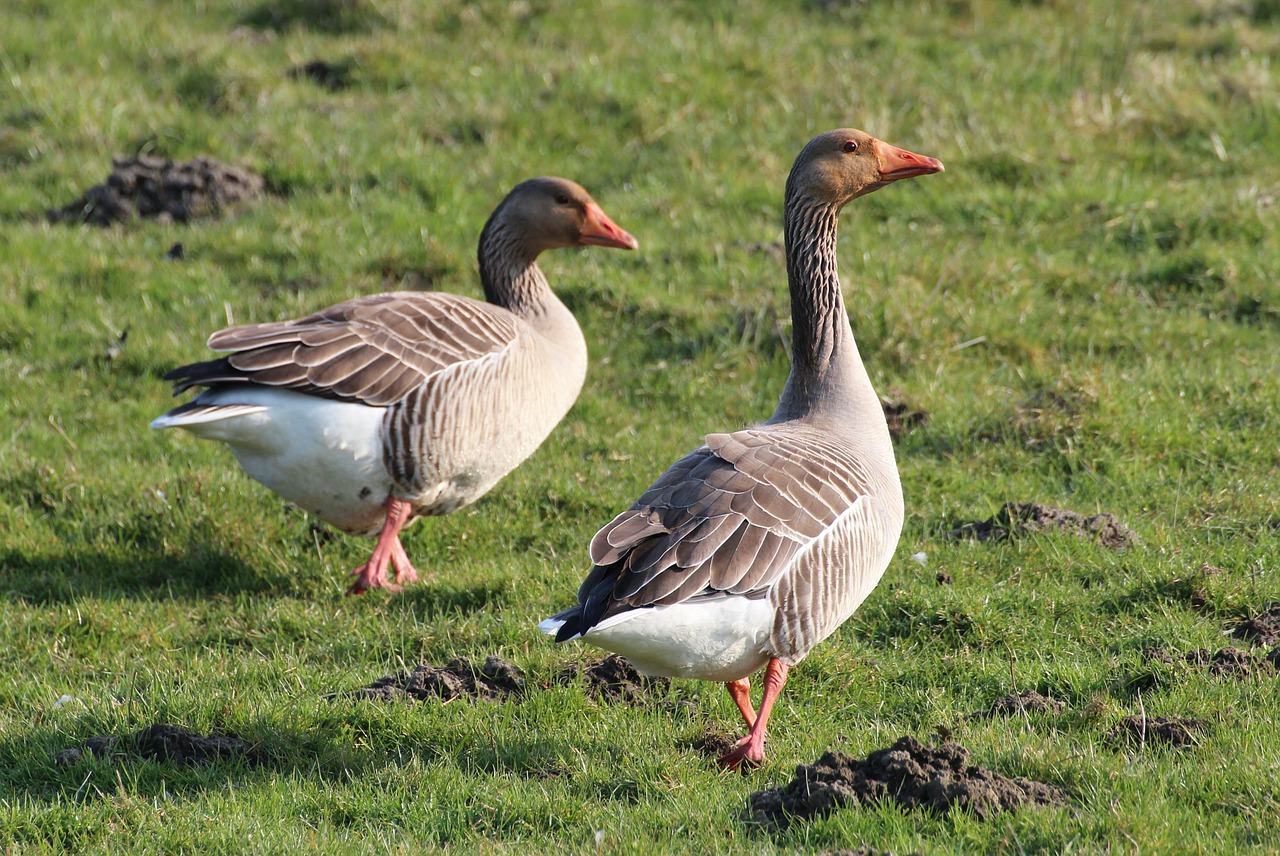Variation in survival in an increasing population of the Greylag Goose Anser anser in Scania, southern Sweden
DOI:
https://doi.org/10.34080/os.v3.23038Keywords:
population studies, winter ecology, staging sites, stopover sites, mortality rate, hunting, threatsAbstract
Based on resightings of neck-banded Greylag Geese, we calculated mean annual survival rates of 76% for juveniles, 74% for subadults and 83% for adults. The survival rate was significantly lower over the winters 1989/90 and 1990/91 than over the winters 1985/86—1988/89 and 1991/92 for adults (80 vs 87%). In the winters 1989/90 and 1990/91, hunting on Greylag Geese was intensive in southwestern Spain. Greylags wintering in the Netherlands (mainly the Dutch Delta) had significantly higher survival rates than birds wintering in southwestern Spain in both juveniles (90 vs 72%) and adults (94 vs 85%). Most losses occurred during autumn migration and just after arrival into the winter quarters.
Downloads

Downloads
Published
How to Cite
Issue
Section
License
The copyright of each contribution belongs to the author(s), but all contributions are published under a Creative Commons license, so that anyone is free to share and reuse the contribution as long as the copyright holder is attributed.







